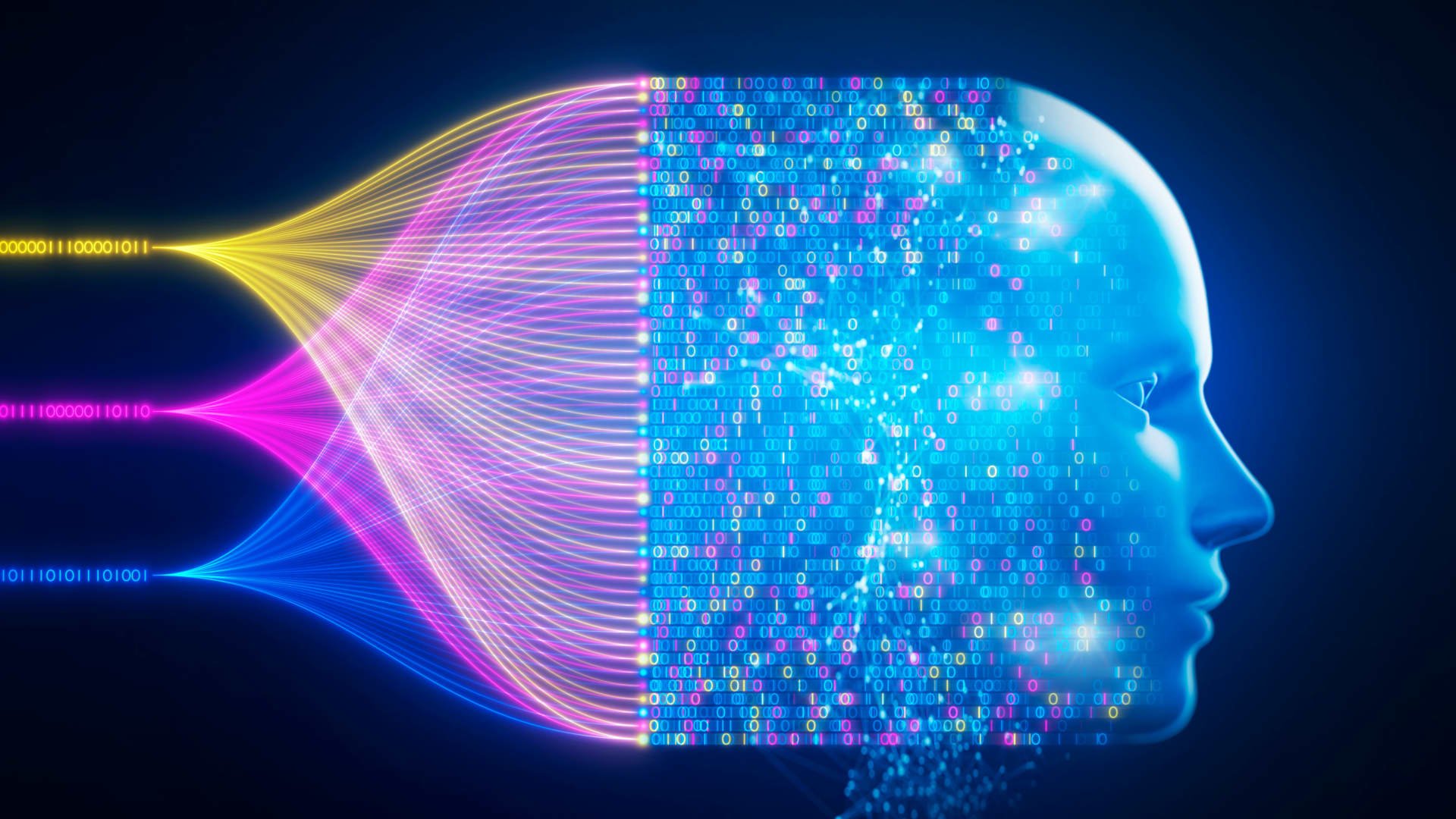Hey there, tech enthusiasts and curious minds! Let's talk about something that’s been making waves in the digital world—AI undress. Yep, you heard it right. AI undress is a term that’s been buzzing around, sparking debates, raising eyebrows, and even some serious ethical concerns. If you’re wondering what it’s all about, don’t worry, we’ve got you covered. This article will break it down for you, no tech jargon overload, just straight-up info that’s easy to digest.
So, what exactly is AI undress? In simple terms, it’s a technology or software that uses artificial intelligence to remove clothing from images or videos, creating realistic simulations. Now, before you jump to conclusions, let’s dive deeper into the nitty-gritty of this controversial tech. It’s not all fun and games; there’s a whole lot more to it than meets the eye.
Why are we even talking about this? Well, the truth is, AI undress isn’t just some random tech trend. It’s a topic that touches on privacy, consent, and the ever-evolving world of digital ethics. And trust me, in today’s digital age, these are conversations we need to have. So, buckle up, because we’re about to take you on a ride through the world of AI undress.
- Keirin Brinson Explore His World More
- John Young The Astronauts Extraordinary Life Legacy In Memoriam
Table of Contents
How AI Undress Technology Works
Ethical Implications of AI Undress
Legal Issues Surrounding AI Undress
Safety Measures Against Misuse
Conclusion: Where Do We Go From Here?
The History of AI Undress
Now, let’s rewind a bit and take a look at how AI undress came to be. The concept of manipulating images isn’t exactly new. We’ve been doing it for years with photo editing software like Photoshop. But what sets AI undress apart is the level of sophistication and automation it brings to the table. With AI, you don’t need to be a graphic design guru to create realistic edits. The tech does the heavy lifting for you.
In recent years, advancements in machine learning and deepfake technology have made AI undress possible. These technologies allow AI to analyze patterns in images and videos, then generate new content that looks eerily realistic. It’s like giving a computer the ability to “imagine” what someone might look like without clothes. Scary, right?
Early Beginnings
The roots of AI undress can be traced back to research labs where scientists were experimenting with image processing and computer vision. At first, these experiments were purely academic, aimed at pushing the boundaries of what AI could do. But as the technology became more accessible, it didn’t take long for it to find its way into the hands of developers with less noble intentions.
How AI Undress Technology Works
Alright, so how does this whole AI undress thing actually work? Let’s break it down. At its core, AI undress relies on neural networks—complex algorithms that mimic the way the human brain processes information. These networks are trained on massive datasets of images, learning to recognize patterns and features in clothing, skin, and other elements.
Once trained, the AI can take an image as input and generate a new one where the clothing has been digitally removed. The process involves several steps, including:
- Image analysis: The AI examines the input image to identify areas covered by clothing.
- Pattern recognition: It looks for patterns in the clothing and predicts what the skin underneath might look like.
- Content generation: Using the learned patterns, the AI generates new content to replace the clothing.
- Final rendering: The final image is polished to ensure it looks as realistic as possible.
It’s a fascinating process, but one that raises a lot of questions about its implications.
Key Technologies
Some of the key technologies driving AI undress include:
- Deep learning: A subset of machine learning that focuses on neural networks with multiple layers.
- Computer vision: The field of AI that enables computers to interpret and understand visual data from the world.
- Generative adversarial networks (GANs): A type of neural network architecture that pits two networks against each other to generate realistic content.
Ethical Implications of AI Undress
Now, let’s talk about the elephant in the room—the ethical implications of AI undress. This tech has the potential to be both a blessing and a curse. On one hand, it could be used for legitimate purposes, like helping fashion designers visualize clothing designs. On the other hand, it opens up a whole can of worms when it comes to privacy and consent.
Imagine someone using AI undress to create fake images of you without your permission. Yikes! That’s exactly the kind of scenario that has people worried. The technology makes it easier than ever to create convincing fakes, and that’s where the ethical concerns come into play.
Consent and Autonomy
At the heart of the ethical debate is the issue of consent. Everyone should have the right to control how their image is used. AI undress technology can easily be misused to violate that right, leading to situations where people are exploited without their knowledge or consent.
Legal Issues Surrounding AI Undress
Speaking of misuse, let’s talk about the legal side of things. AI undress isn’t just an ethical concern; it’s also a legal minefield. In many countries, laws around digital privacy and image manipulation are still catching up to the rapid advancements in technology. This creates a gray area where the legality of AI undress isn’t always clear.
However, there are some legal frameworks in place to protect individuals from misuse. For example, laws against non-consensual pornography (commonly known as revenge porn) can apply to AI-generated images. Still, the legal landscape is complex, and there’s a lot of work to be done to ensure that people are protected.
Current Legal Challenges
Some of the key legal challenges include:
- Defining what constitutes misuse of AI undress technology.
- Establishing clear guidelines for developers and users.
- Enforcing laws across different jurisdictions.
Impact on Privacy
Privacy is another major concern when it comes to AI undress. In today’s digital age, our personal information is more vulnerable than ever. With AI undress, the risk of having your private images manipulated and shared without your consent becomes even greater.
Companies and developers have a responsibility to ensure that their technologies are used responsibly. This means implementing robust privacy measures and educating users about the potential risks.
Steps to Protect Privacy
Here are a few steps that can help protect privacy in the age of AI undress:
- Implementing encryption and secure storage for images.
- Requiring explicit consent before using someone’s image.
- Providing tools for users to report and remove misused content.
The Importance of Consent
Let’s talk about consent, because it’s a big deal. Consent is all about respecting people’s boundaries and giving them control over their own image and identity. Without consent, AI undress technology can quickly turn into a tool for exploitation and harm.
Developers and users need to understand that consent isn’t just a nice-to-have; it’s a must-have. By prioritizing consent, we can help ensure that AI undress is used in a way that’s respectful and ethical.
Building a Culture of Consent
Creating a culture of consent starts with education. Developers should be trained to consider the ethical implications of their work. Users should be aware of the potential risks and how to protect themselves. And society as a whole needs to recognize the importance of respecting others’ autonomy.
Safety Measures Against Misuse
So, what can be done to prevent misuse of AI undress technology? There are several safety measures that can help mitigate the risks:
- Implementing strict usage policies for developers and users.
- Developing tools to detect and flag AI-generated content.
- Encouraging collaboration between tech companies, lawmakers, and advocacy groups.
By taking these steps, we can create a safer digital environment for everyone.
Technological Solutions
Some of the technological solutions being explored include:
- Watermarking AI-generated images to make them easily identifiable.
- Using blockchain technology to track the origin and usage of images.
- Developing AI-powered tools to detect and remove misused content.
The Future of AI Undress
So, where does the future of AI undress lie? It’s hard to say for sure, but one thing is certain—the technology isn’t going away anytime soon. As AI continues to evolve, we’ll likely see even more advanced and sophisticated versions of AI undress. The key will be finding ways to harness its potential while minimizing the risks.
Researchers, developers, and policymakers will need to work together to ensure that AI undress is used responsibly. This means continuing to develop new safety measures, updating laws and regulations, and fostering a culture of respect and consent.
Predictions for the Future
Here are a few predictions for the future of AI undress:
- Increased focus on ethical guidelines and standards.
- Advancements in detection and prevention technologies.
- Growing awareness and education around digital ethics.
Alternatives to AI Undress
Of course, AI undress isn’t the only game in town. There are plenty of other technologies and tools that can be used for similar purposes without the same level of controversy. For example, virtual try-on tools allow users to see how clothing might look on them without removing any actual clothing. These alternatives offer a more ethical and respectful approach to image manipulation.
By exploring these alternatives, we can find ways to innovate without compromising people’s privacy and consent.
Conclusion: Where Do We Go From Here?
And there you have it, folks—a deep dive into the world of AI undress. We’ve talked about its history, how it works, the ethical and legal implications, and what the future might hold. It’s a complex and controversial topic, but one that’s worth discussing as we navigate the ever-changing landscape of technology.
So, what can you do? Start by educating yourself and others about the risks and benefits of AI undress. Advocate for responsible use and strong privacy protections. And most importantly, remember the importance of consent and respect in all aspects of digital life.
Got thoughts or questions? Drop a comment below and let’s keep the conversation going. And don’t forget to share this article with your friends and family. Together, we can work towards a safer and more ethical digital future!
- Timmy Thompson Cross Creek Pictures More Unveiling The Details
- Julian Centeno Profiles Social Media More Discover Now


